Working voltage: 12 (V)
Alarm current: 100 (mA)
Detection angle: X-Y: +/-10cm, Z: +/-10cm
Quiescent current: when reading card: <1500mA, standby state: <500ua (uA)
Working temperature: -20℃~60℃(℃)
Detection distance: 220cm (related to marker type and usage environment) (m)
Transmission frequency: 83KHZ|169.8KHZ|145.7KHz|83KHz, etc. optional (MHZ)
Scope of application: Widely used in positioning identification and digital management of underground pipelines such as electricity, communications, and gas.
Description:
ED8000 Underground Electronic Tag Detector | Electronic Marker Detector is a special handheld instrument for detecting underground electronic tags or electronic markers. It uses a 32-bit high-performance processor based on ARM architecture and has quick response; it uses asynchronous differential measurement technology when measuring distance ( Patented), accurate measurement results can be obtained even in the presence of interference.
ED8000 underground electronic tag detector | electronic marker detector can support two working modes: analog electronic tag (no ID) detection and digital ID electronic tag detection.
In the analog electronic tag (no ID) detection mode, it can detect all electronic tags produced according to international standard frequencies (gas 83/87Khz, communication 101.4Khz, drainage 121.6Khz, water supply 145.7Khz, electricity 169.8Khz, general 66.35/133.3Khz, TV 77Khz), for example, our or 3M's ID-free underground electronic tags can be detected and identified by ED8000.
In the digital ID electronic tag detection mode, ED8000 can detect the ID version of underground electronic tags | electronic markers, and is equipped with Android APP and cloud storage to manage the identified data to achieve visual management of underground pipelines.
Type: Underground ID electronic marker detector
Installation method: portable
Launch distance: 220cm (related to marker type and usage environment) (m)
Action distance: Positioning accuracy less than 3M (in open environment) (mm)
Communication method: 4G+WIFI+Bluetooth
Weight: 2KG (g)
Alarm method: sound and indicator light
Material number: ED8000 (V300R001|V300R002|V300R003|V300R004)
Minimum number of packages: 1 unit
Specifications: V300R001 (small antenna), V300R002 (small antenna), V300R003 (large antenna), V300R004 (large antenna)
Operation interface: Chinese and English operation interface
Application areas: gas | power cable | water supply and other pipeline positioning
Compatible: supports identification of ID version and ID-free version
Material: ABS Engineering plastic
Weight: 2.5~3.2Kg
working frequency:
√Gas 83 Khz or 87 KHZ
√Communication 101.4 Khz
√Electricity 169.8Khz
√Water supply 145.7 Khz
√Drainage 121.6 Khz
√Cable TV 77 Khz
√Universal 66.35Khz or 133.3Khz
Maximum detection depth (slightly different for different frequencies):
√ED2400: >2.5 meters
√ED2000/YG2000/BKZ2.0: >2.2 meters
√ED1800 or 3M mid-range electronic tag: >1.8 meters
√Spherical electronic tag: >1.5 meters
√Nail-shaped electronic tag: >0.6 meters
Waterproof ability: IP54
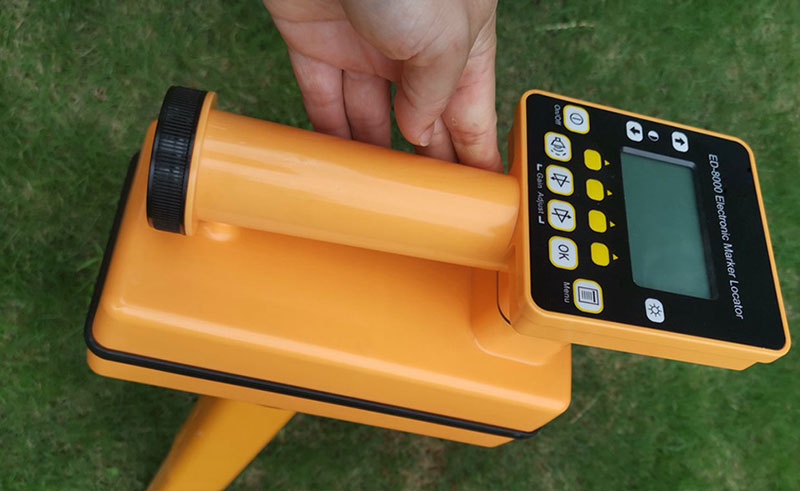
Features:
Used in conjunction with underground electronic tags | electronic markers to form an underground pipeline electronic identification system;
1. In the digital ID detection mode, the preset ID number in the electronic tag can be read. Through the cloud database associated with the ID number, more information about underground facilities can be obtained, such as: on-site photos, burial date, construction personnel, underground facilities Type of facility (valves, joints...), material and size of underground facilities, etc.
2. The comprehensive detection version allows flexible selection of RFID modes:
No ID detection mode: only detects the electromagnetic induction signal of underground electronic tags without RFID decoding. It responds quickly after discovering the tag and is compatible with underground electronic tags of the same frequency produced by different manufacturers;
Automatic detection mode: In the default working state, only underground electronic tag induction signals are detected, and real-time RFID decoding is not performed. RFID decoding is only performed when the "depth" button is pressed to activate the depth detector.
RFID normally open detection mode: RFID real-time decoding, only when an ID underground electronic tag is found, a prompt tone and signal strength information will be emitted. After the tag is found, the response speed is slightly slower, but the advantage is that it can completely shield the influence of interference signals, and there is a prompt message You can confirm that the tag was found.
3. Supports the Android APP interface that can be separated and combined. During the underground electronic tag construction and burial stage, there is no need to carry the detector host. You only need any Android or Hongmeng system mobile phone to complete the entry and exit of identification point information by scanning the barcode. Upload the job.
4. Supports dedicated satellite positioning handheld terminals running Android systems, achieving centimeter-level identification point positioning accuracy.
5. Support cloud storage of identification information.
6. Cylindrical antenna can support more precise positioning
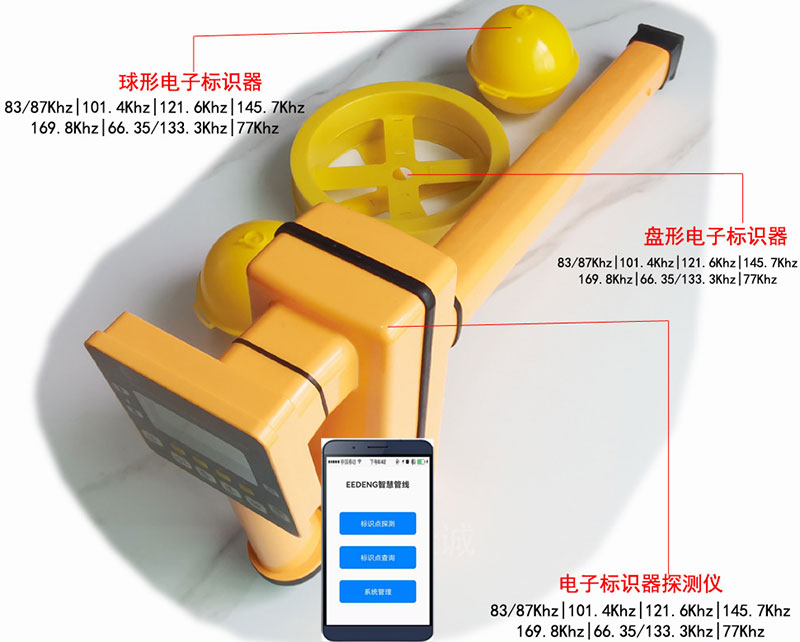
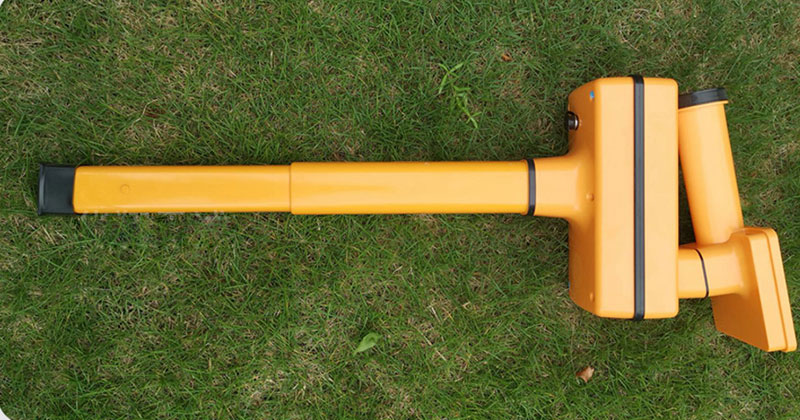
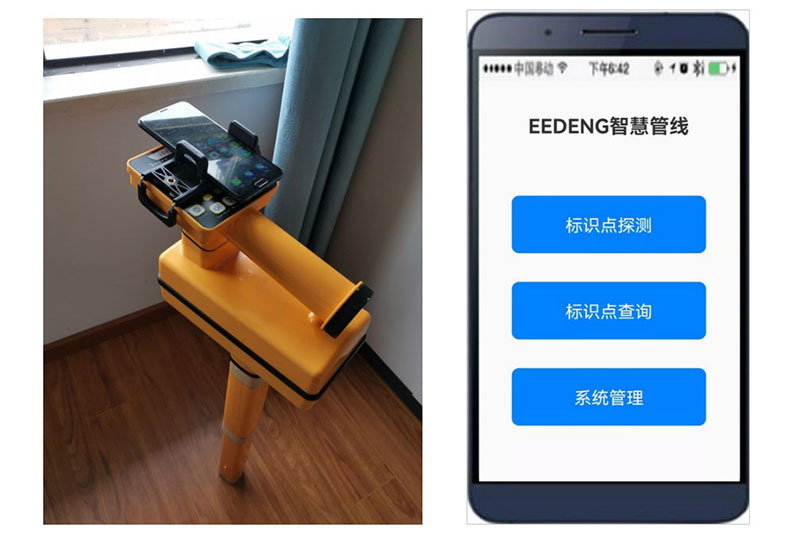
1. Detector host operation panel
2. Connect to the Android APP via Bluetooth, and all operating functions of the detector will be taken over by the APP.
3. Even if there is no detector host, you only need to use a mobile phone running the EEDENG Smart Pipeline APP to scan the barcode affixed to the underground electronic label to complete information entry and upload, which is very suitable for scenarios where multiple construction sites are deployed at the same time. When the wireless signal is poor, local caching can be supported, and batch uploading can be done when there is signal or WIFI.
4. To query the identification point through the map, you can choose Baidu, Amap or Tencent maps to navigate to the selected identification point.
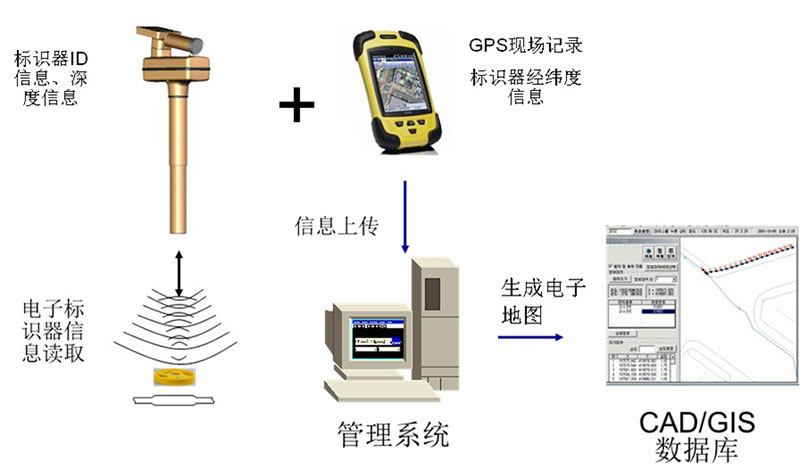
Contact: Adam
Phone: +86 18205991243
E-mail: sale1@rfid-life.com
Add: No.987,Innovation Park,Huli District,Xiamen,China